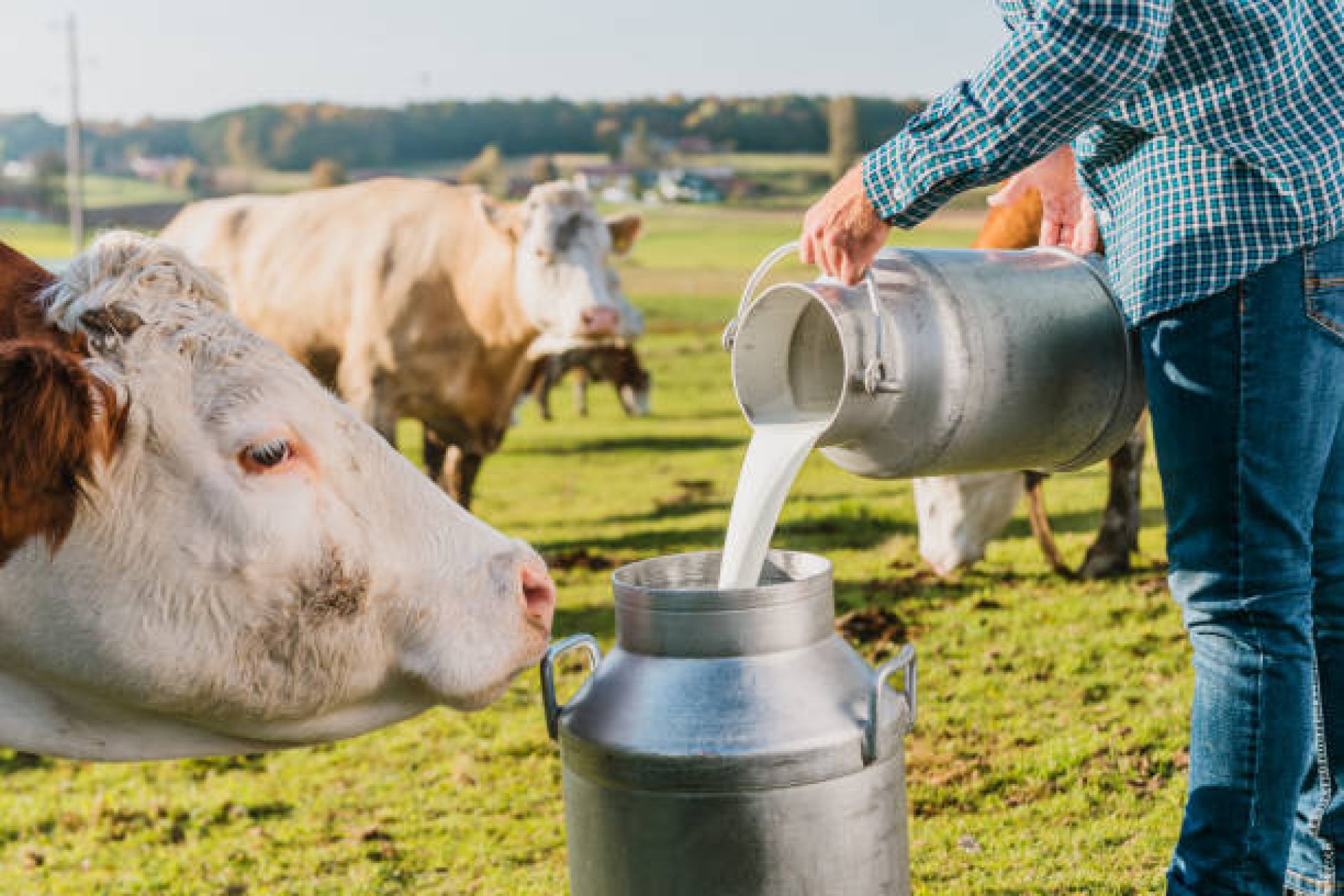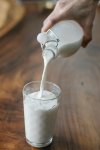5 Tips for Dairy Raw Milk Quality Improvement

1. Master Your Milking Hygiene Routine
A strict and consistent milking routine minimizes the transfer of bacteria from the environment and the cow's skin into the milk. This is one of the most effective ways to lower your Standard Plate Count (SPC).
Prep the Teats: Always use a proper pre-dip solution, ensuring adequate contact time (usually 30 seconds) to kill bacteria on the teat surface.
Dry Completely: Use single-service towels (paper or cloth) to thoroughly dry the teats before attaching the milking unit. Wet teats can allow dirty water to enter the milk.
Post-Dip: Immediately after removing the milking unit, apply a comprehensive post-dip to all teats. This kills bacteria remaining on the teat and provides a protective barrier while the teat canal closes.
Operator Hygiene: Milk with clean, disposable gloves and keep them clean.
2. Prioritize Rapid and Consistent Cooling
Quickly lowering the milk temperature is vital because bacteria multiply rapidly in warm milk. This step is non-negotiable for preserving quality and shelf-life.
Immediate Cooling: Milk should be cooled immediately after leaving the cow. Aim to cool the milk to 4C (39F) or below as quickly as possible. Many regulations require cooling to this temperature within a few hours of the start of milking.
Equipment Function: Ensure your bulk tank and cooling system (e.g., plate cooler) are properly sized and maintained for your herd's production volume to handle peak cooling loads effectively.
Monitor Temperature: Regularly monitor and record the milk temperature in the bulk tank to verify consistent cooling performance.
3. Maintain Immaculate Equipment Sanitation
Dirty milking and storage equipment are a major source of bacterial contamination, which directly impacts SPC.
Clean and Sanitize: Follow a precise protocol for cleaning your milking system and bulk tank after every milking. This typically involves a cold or lukewarm rinse (to prevent protein "baking" onto the surface), a hot wash with an approved alkaline detergent, an acid rinse to prevent mineral and milkstone buildup, and a sanitizing rinse before the next milking.
Check Water Temperature & pH: Ensure your wash water is at the manufacturer-recommended temperature (often 71C 77C or 160F 170F for the wash cycle) and that the detergents are correctly mixed to achieve the proper pH.
Inspect Components: Routinely inspect rubberware (liners, hoses) for cracks and deterioration, as damaged parts can harbor bacteria and affect milking efficiency.
4. Implement a Comprehensive Mastitis Management Plan
Mastitisinflammation of the udder, usually due to bacterial infectionis the primary cause of a high Somatic Cell Count (SCC). Controlling it is essential for quality and profitability.
Screen and Monitor: Conduct regular individual cow SCC testing (often via DHIA or milk records) to identify subclinical infections. Routinely use a California Mastitis Test (CMT) to check for suspicious quarters.
Prompt Treatment/Segregation: Cows with high SCC or clinical mastitis should be identified, treated under veterinary guidance, and milked last or their milk kept out of the bulk tank to prevent contamination.
Dry Cow Therapy: Utilize a dry cow management program, including internal teat sealants and/or appropriate antibiotic dry cow therapy, to cure existing infections and prevent new ones during the non-lactating period.
5. Ensure a Clean, Dry, and Comfortable Environment
Keeping the cow's living space clean reduces the environmental bacteria that cause many mastitis infections and enter the milk.
Clean Bedding: Provide clean, dry bedding and manage stalls regularly. Bedding like sand is often less supportive of bacterial growth than organic materials.
Manure Control: Keep walkways and loafing areas clean and minimize the opportunity for cows to lie in manure or mud.
Cow Comfort: Ensure good ventilation to keep cows cool and dry, and avoid overcrowding. Cows that are stressed or spend too long standing on dirty floors are more susceptible to infection. Feed cows immediately after milking to encourage them to stand, allowing the teat sphincter to close before they lie down.
Sources: TDIA

